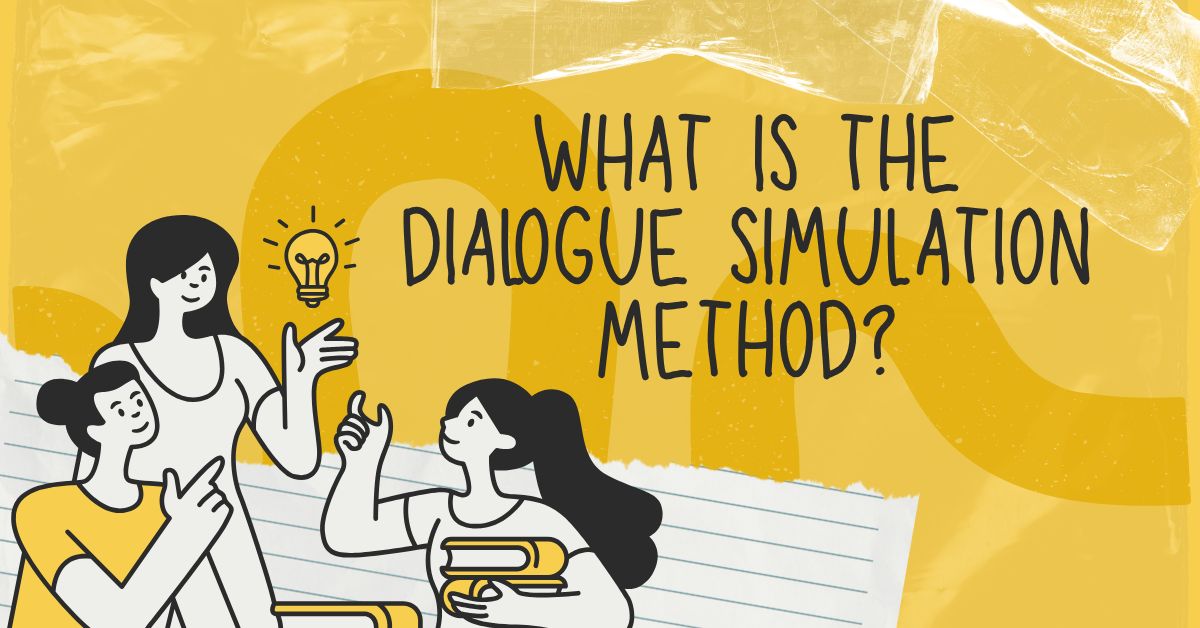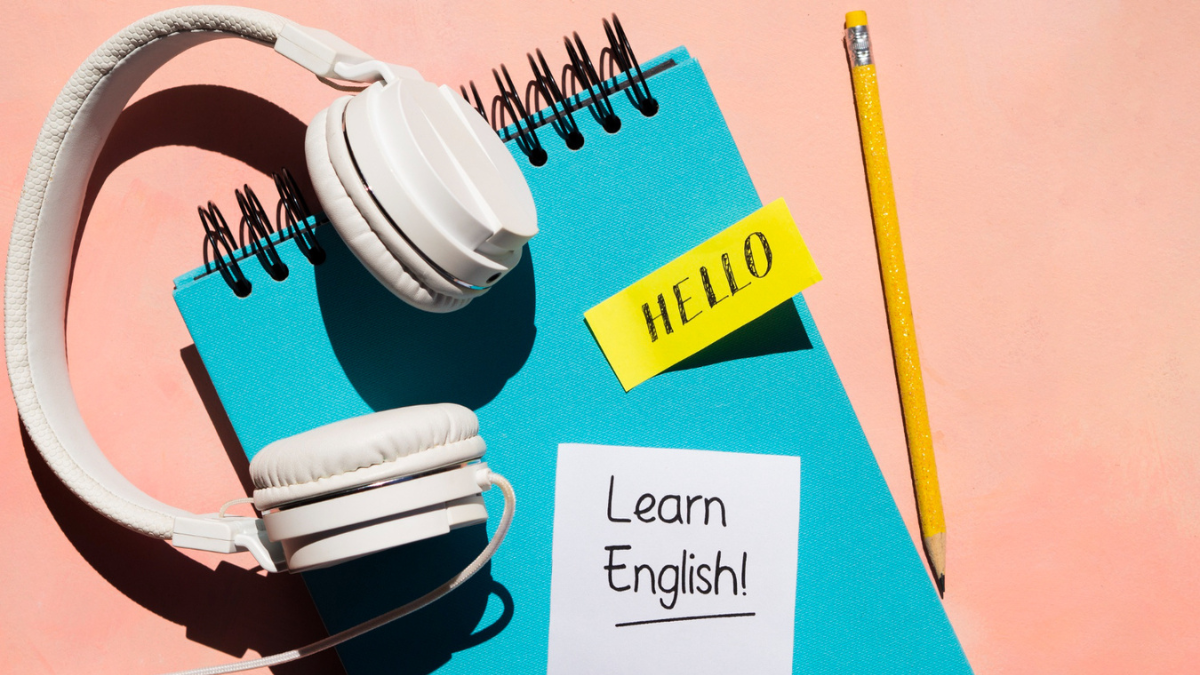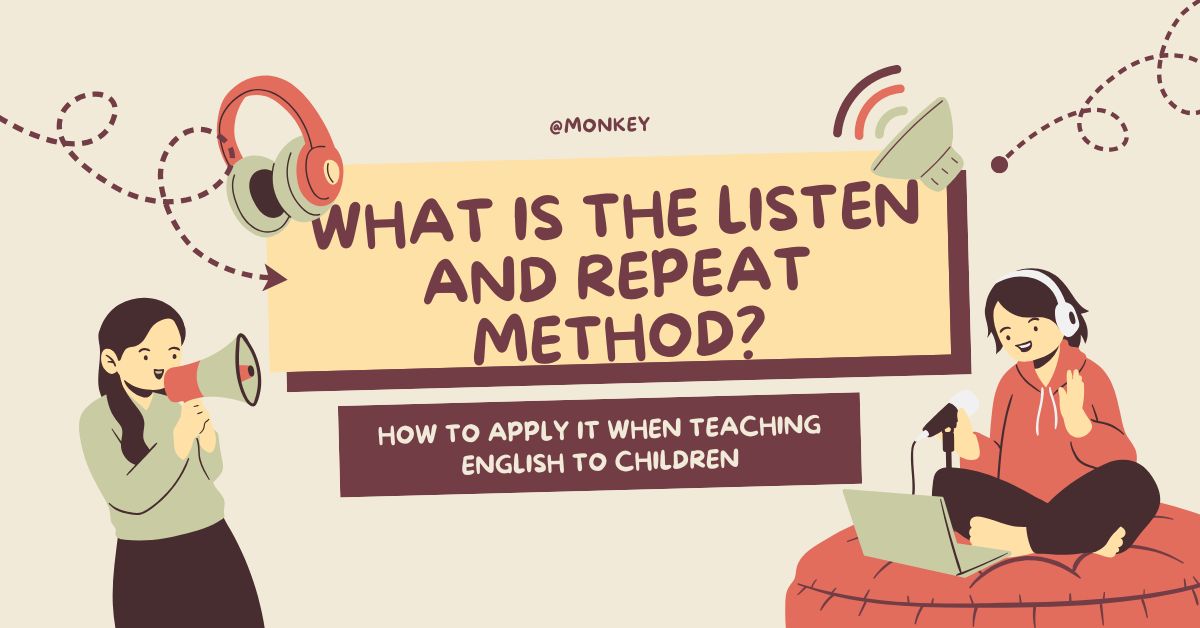The Phonics method is one of the most effective ways to teach English to young children. It helps them pronounce words correctly and develop reading comprehension skills from the very first steps. So, what is the Phonics method and how can it be applied to help children learn English effectively? Let’s explore with Monkey below.
What is the Phonics method?
The Phonics method is a way of teaching English reading by helping children recognize the relationship between letters (or groups of letters) and their corresponding sounds. Instead of memorizing entire words, children learn how to "sound out" and pronounce each word based on the sounds of its letters.
For example: When learning the word "cat", the child will learn to recognize the /k/ sound from the letter "c", the /æ/ sound from the letter "a", and the /t/ sound from the letter "t", and then blend them together to form the word "cat".

Benefits of Teaching Phonics to Children in English
The Phonics method is widely used in English learning because:
-
Phonics helps children understand the relationship between letters and sounds, enabling them to pronounce each sound and word correctly, a crucial foundation for speaking English fluently.
-
Children can "sound out" and read new words on their own without having to memorize entire words, thanks to their understanding of blending sounds according to rules.
-
With Phonics, children not only learn pronunciation but also practice listening to sounds, reading comprehension, and correct spelling, supporting overall language skill development.
-
As they can read new words more easily and pronounce correctly, children feel more excited and confident when communicating in English.
-
Children who learn Phonics early tend to approach English more naturally and are better prepared to follow advanced English programs in the future.

Guide to Learning English Effectively with the Phonics Method
To help your child learn English effectively through the Phonics method, parents can apply the following strategies:
Help your child get familiar with sounds before letters
When starting with Phonics, the focus should not be on teaching the names of letters, but rather the sounds they make.
For example, the letter “A” is introduced with the /æ/ sound as in “apple”, instead of saying “ay”. This builds a foundation for accurate pronunciation and understanding the link between sounds and letters. Parents can use pictures, songs, or engaging videos to help children remember sounds naturally and joyfully.
Teach your child how to blend sounds to form words
After recognizing basic sounds, the next step is blending — combining individual sounds to read full words.
For example, when a child knows the sounds /c/, /a/, and /t/, they learn to blend them into the word “cat”. This helps children read fluently and understand word formation without memorization.
Guide your child to segment sounds in a word
In addition to blending, children need to learn segmenting, breaking a word into its individual sounds.
This skill is essential for spelling and understanding word structure. For instance, hearing the word “dog”, the child should be able to identify the sounds /d/, /ɒ/, and /g/. Practicing this builds confidence in both writing and speaking.
Practice reading with level-appropriate storybooks
To develop reading skills naturally, children should read Phonics-based books that match their learning stage.
These books use words aligned with the sounds they are learning, helping them practice correct pronunciation, vocabulary understanding, and reading comprehension. Parents should read with their child daily, encouraging them to read aloud, articulate clearly, and enjoy the storytelling process.
Turn Phonics into a fun game
Children learn best through play and interaction. Instead of strict study, parents can incorporate games into Phonics learning, such as word matching, pronunciation challenges, or sound-guessing games.
These activities make learning fun, improve memory, and enhance confidence and responsiveness in English.
Maintain a consistent review routine
Phonics learning requires repetition for long-term retention. Without regular practice, children may forget the sounds they've learned.
That’s why it's important to stick to a consistent learning schedule that includes both new sounds and reviews of previous ones. This builds a strong foundation for reading and writing skills over time.

Boost English Learning Efficiency with Phonics through Monkey Junior
Nowadays, many parents choose the Phonics method to help their children learn English early due to its effectiveness and accessibility. However, teaching Phonics correctly at home isn't always easy. That’s why Monkey Junior, an English learning app for children aged 0 to 11, has become a powerful support tool for many families.
What is Monkey Junior?
Monkey Junior is a leading educational English app designed specifically for children from infancy to 11 years old. It offers a comprehensive English learning path that helps children develop all four skills listening, speaking, reading, and writing naturally, just like learning their native language.
The lessons are divided into various levels based on age and individual ability. With a lively interface, easy-to-understand language, and interactive activities, children absorb knowledge quickly, retain it longer, and enjoy learning more.
How does Monkey Junior apply the Phonics method?
One of Monkey Junior’s strengths is its use of Synthetic Phonics, a popular pronunciation and spelling method in many English-speaking countries.
Instead of having children memorize entire words, Phonics teaches them the relationship between letters and sounds. For example, the word “cat” is broken down into the sounds /c/ – /a/ – /t/, and the child learns how to blend these sounds into the word “cat”.

Monkey Junior structures its Phonics lessons step-by-step: starting with learning individual sounds (phonemes), then blending them into words, reading aloud, and finally practicing writing and using words in sentences.
As a result, children not only pronounce correctly but also read new words independently and become more confident in English communication.
Why should your child learn Phonics with Monkey Junior?
-
Structured and easy to follow: Phonics is taught systematically, progressing from simple to complex.
-
Enhances word recall and responsiveness: Children learn sounds, spelling, and practice within each lesson.
-
Accurate pronunciation from an early age: With voice recognition technology, the app provides instant feedback to correct pronunciation errors.
-
Convenient learning anytime, anywhere: Children can learn on phones, tablets, or laptops just a few minutes a day is enough.
If you’re looking for an English learning method that is both effective and child-friendly, Monkey Junior is the perfect companion for your child’s language journey from their early years. Sign up now for a completely free trial, with many exclusive offers waiting!
Conclusion
Phonics is one of the most effective methods for learning English, helping children become familiar with sounds and accurate pronunciation from the very beginning. When combined with an app like Monkey Junior, children can naturally and sustainably develop all four skills: listening, speaking, reading, and writing. Wishing all parents and children much success!




.png)





